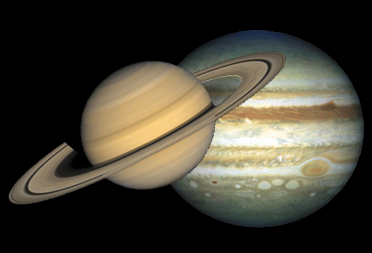NOVEMBER 22, 2020 – With our world in turmoil (besides this being the anniversary of JFK’s assassination), there’s no dearth of topics for today’s post. For respite, therefore, I turn to something out of this world.
I spent the past several days (and nights) at the Red Cabin. Whenever I’m there I see one wonder or another; something as small as a tiny seedling dancing upon a moss-covered stump in late fall sunlight or something grand, like a rainbow over the lake after a Wagnerian thunderstorm. But the prize-winner every season is a star-crowded nighttime sky.
The cabin’s far from urban lights that drown stellar lights. When the atmosphere is clear and the moon is in quarter-phase, the world above drowns out all the woes of earth below.
On Thursday night, I stepped outside as the crescent moon floated toward the western shore. I looked through the opening above the clearing where our cabin stands and marveled at the multitude of heavenly light.
Because the air was mild, I retrieved a set of binoculars and took to an Adirondack chair to get a closer skyward look. My first stop was the Pleiades, the star cluster in Taurus. Through the binoculars, the magnitude and multiplicity of stars made me gasp aloud. With open jaw I scanned earth’s ceiling.
I then strolled to the opening in the shoreline berm and from that vantage point peered at the starlit canopy over the lake. I saw Orion in the east, surveyed the sky westward, and settled my gaze on bright Jupiter and fainter Saturn—dancing in tandem near the glow of . . . the moon.
The best time and way to see its mountains and craters in relief is during quarter phases and along the border between lunar light and darkness. Through the binoculars the lunar surface was close enough to touch.
Later, I gazed at The Total Skywatcher’s Manual among our cabin nature books. I learned that Orion’s right shoulder is marked by Betelgeuse, a “giant red,” which will become a supernova soon—within the next 100,000 years—and when it does, will produce light equal to the full moon. I also read the distance(s) from earth of that dancing pair: Jupiter is 391 million miles from earth—over four times as far from us as we are from the sun. Saturn is almost twice as far. But from the shores of Grindstone Lake those two neighbors of ours are . . . a dancing pair.
Yesterday evening as I pulled into our driveway in the cities—a world away from the cabin—I saw that planetary pair levitating above the gable of our house. I shut off the car and watched. I pondered how I’d read about them in the astronomy book as if they were remote figures of ancient history, their stylized likenesses chiseled into the stones of broken ruins described in an academic journal. Yet . . . there they exist in my direct line of sight from planet earth.
Oh, the wonder of worlds beyond the wonder of our own!
(Remember to subscribe to this blog and receive notifications of new posts by email.)
© 2020 by Eric Nilsson

2 Comments
Hi Eric, loved your post. Here’s a question – What do the years 2020 and 1226 have in common? Hint reserve December 21 just after sunset for skywatching.
Chris
https://earthsky.org/astronomy-essentials/great-jupiter-saturn-conjunction-dec-21-2020
Hi, Chris!
I was unaware that they were “closing in on each other” that quickly and to that extreme! Thanks for sharing the article. (Note my mention of them in today’s blog post–I’ve had my eye on those two since mid-August!).
All the best,
Eric
Comments are closed.